New FDA-Approved Life-Saving Drugs of 2024-2025
🚨 Breaking News in the Medical World! 🚨
Imagine a world where once-incurable diseases become manageable, where life-threatening conditions are met with groundbreaking solutions, and where hope is restored to millions of patients worldwide. This isn’t a scene from a futuristic sci-fi movie—it’s the reality we’re stepping into, thanks to the FDA-approved life-saving drugs of 2024-2025.
From cancer breakthroughs to revolutionary treatments for rare diseases, the medical landscape is undergoing a seismic shift. But what does this mean for you and your loved ones? How will these new medications transform patient care and our healthcare system as we know it? Join us as we dive deep into the fascinating world of pharmaceutical innovation, exploring everything from the rigorous FDA approval process to the cutting-edge advancements in neurological, cardiovascular, and infectious disease treatments that are set to change lives forever.
Overview of FDA Drug Approval Process
Timeline for drug development and approval
The journey from initial drug discovery to FDA approval is lengthy and complex, typically spanning 10-15 years. This process involves:
- Discovery and development (3-6 years)
- Preclinical research (1-3 years)
- Clinical research (6-7 years)
- FDA review (6-12 months)
- Post-market safety monitoring (ongoing)
Key stages in the FDA approval process
The FDA’s rigorous evaluation process ensures the safety and efficacy of new drugs. Key stages include:
- Investigational New Drug (IND) application
- Phase 1, 2, and 3 clinical trials
- New Drug Application (NDA) submission
- FDA review and decision
Each stage involves extensive data analysis, safety assessments, and efficacy evaluations.
Significance of FDA approval for new drugs
FDA approval is crucial for several reasons:
- Patient safety assurance
- Efficacy validation
- Quality control standards
- Legal marketing authorization
- Healthcare provider confidence
This process not only protects public health but also drives innovation in the pharmaceutical industry. As we explore the breakthrough treatments of 2024-2025, it’s essential to understand the rigorous journey each drug has undergone to reach patients.
Breakthrough Cancer Treatments
Novel immunotherapy drugs
Immunotherapy has revolutionized cancer treatment, and the latest FDA-approved drugs in this field are pushing the boundaries even further. These novel therapies harness the power of the body’s immune system to fight cancer more effectively than ever before. Some key advancements include:
- Enhanced CAR-T cell therapies with improved targeting and persistence
- Bispecific antibodies that simultaneously engage tumor cells and immune cells
- Personalized cancer vaccines tailored to individual tumor mutations
Targeted therapies for rare cancers
Rare cancers have long been challenging to treat, but recent breakthroughs are offering new hope. These targeted therapies are designed to attack specific molecular abnormalities found in rare cancer types, leading to:
- Higher response rates in previously untreatable cancers
- Reduced side effects compared to traditional chemotherapy
- Improved quality of life for patients with rare malignancies
Combination therapies showing promising results
The synergistic effects of combining different treatment modalities are yielding remarkable outcomes. These innovative approaches include:
- Immunotherapy plus targeted therapy combinations
- Dual checkpoint inhibitor regimens
- Integration of radiation therapy with immunotherapy
Improved survival rates and quality of life
These breakthrough cancer treatments are not just extending lives; they’re also enhancing the quality of those additional years. Patients are experiencing:
- Longer progression-free survival periods
- Reduced treatment-related toxicities
- Greater ability to maintain normal daily activities during treatment
As we move forward, these advancements in cancer treatment are paving the way for even more groundbreaking therapies in other medical fields.
Advancements in Neurological Disorder Treatments
New drugs for Alzheimer’s disease
The field of Alzheimer’s research has seen significant breakthroughs, with several promising drugs entering the market. These medications focus on targeting beta-amyloid plaques and tau tangles, the hallmarks of Alzheimer’s disease. Some of the most notable advancements include:
- Monoclonal antibodies that clear amyloid plaques
- Tau aggregation inhibitors
- Combination therapies addressing multiple pathways
Breakthrough medications for Parkinson’s disease
Parkinson’s disease treatment has evolved beyond dopamine replacement, with new drugs offering hope for better symptom management and potential disease modification. Key developments include:
- Novel dopamine agonists with fewer side effects
- Alpha-synuclein targeting therapies
- Gene therapies aimed at neuroprotection
Innovative treatments for multiple sclerosis
Multiple sclerosis (MS) patients now have access to more targeted and effective treatments. These new drugs aim to reduce relapses, slow disease progression, and improve quality of life:
- Selective immune modulators with improved safety profiles
- Remyelination agents to repair nerve damage
- Oral medications with enhanced efficacy and convenience
Promising therapies for rare neurological conditions
The focus on rare neurological disorders has intensified, leading to groundbreaking treatments for conditions that previously had limited options. These include:
- Gene therapies for inherited neuropathies
- Antisense oligonucleotides for rare genetic disorders
- Enzyme replacement therapies for lysosomal storage diseases
With these advancements, patients suffering from neurological disorders now have access to more effective and personalized treatment options. Next, we’ll explore the revolutionary cardiovascular medications that are changing the landscape of heart disease management.
Revolutionary Cardiovascular Medications
Next-generation anticoagulants
Anticoagulant therapy has taken a significant leap forward with the introduction of next-generation drugs that offer improved safety and efficacy. These new medications provide more targeted action, reducing the risk of bleeding complications while maintaining optimal clot prevention. Key features include:
- Longer half-life, allowing for less frequent dosing
- Reversibility options in case of emergency procedures
- Fewer food and drug interactions compared to traditional anticoagulants
Innovative treatments for heart failure
Heart failure management has seen revolutionary advancements with the approval of novel therapies that target the underlying mechanisms of the disease. These innovative treatments focus on:
- Improving cardiac contractility
- Enhancing myocardial metabolism
- Modulating neurohormonal pathways
Patients now have access to medications that not only alleviate symptoms but also potentially slow disease progression and reduce hospitalizations.
Drugs targeting high cholesterol and hypertension
The fight against cardiovascular risk factors has been bolstered by cutting-edge medications that offer more personalized approaches to managing high cholesterol and hypertension. These new drugs provide:
- Enhanced lipid-lowering effects through novel mechanisms
- Combination therapies for simultaneous blood pressure and cholesterol control
- Improved tolerability profiles, leading to better patient adherence
With these advancements, healthcare providers can now offer more tailored treatment options, potentially leading to better outcomes in cardiovascular disease prevention and management. As we move forward, the impact of these revolutionary cardiovascular medications on patient care and the healthcare system as a whole is expected to be substantial.
Cutting-edge Treatments for Rare Diseases
Gene therapies for genetic disorders
Gene therapies have emerged as groundbreaking treatments for rare genetic disorders, offering hope to patients who previously had limited options. These innovative therapies work by modifying or replacing faulty genes, effectively addressing the root cause of the disease. Some notable advancements include:
- CRISPR-based therapies for conditions like sickle cell disease and beta-thalassemia
- AAV vector-mediated gene therapies for inherited retinal disorders
- Ex vivo gene editing for rare immunodeficiencies
Enzyme replacement therapies
Enzyme replacement therapies (ERTs) continue to evolve, providing crucial treatment for patients with rare metabolic disorders. These therapies work by supplementing or replacing missing enzymes essential for normal cellular function. Recent developments include:
- Long-acting ERTs with improved half-lives, reducing treatment frequency
- Targeted delivery systems for enhanced efficacy in specific organs or tissues
- Combination therapies pairing ERTs with small molecule drugs for synergistic effects
Drugs addressing unmet medical needs
The FDA has prioritized the approval of drugs targeting rare diseases with no existing treatments. These medications often receive fast-track or breakthrough therapy designations to expedite their development and review process. Key areas of focus include:
- Novel treatments for ultra-rare lysosomal storage disorders
- First-in-class therapies for rare neurological conditions
- Innovative approaches to rare pediatric cancers
With these advancements, patients with rare diseases are experiencing improved quality of life and, in some cases, potential cures. As we move forward, the next section will explore the significant strides made in diabetes management, another crucial area of medical innovation.
Advancements in Diabetes Management
Smart insulin formulations
The field of diabetes management has seen remarkable progress with the development of smart insulin formulations. These innovative drugs are designed to automatically adjust insulin release based on blood glucose levels, offering unprecedented control for patients. Key features include:
- Glucose-responsive insulin molecules
- Extended-release formulations
- Improved stability at room temperature
Smart insulins promise to reduce the risk of hypoglycemia and simplify dosing regimens, potentially revolutionizing diabetes care.
Novel non-insulin therapies
Complementing insulin treatments, new non-insulin therapies are emerging to address various aspects of diabetes management:
- GLP-1 receptor agonists with enhanced efficacy
- SGLT2 inhibitors with broader cardiorenal benefits
- Dual and triple receptor agonists targeting multiple pathways
These medications offer improved glycemic control, weight management, and cardiovascular protection, expanding treatment options for patients with type 2 diabetes.
Drugs targeting diabetes-related complications
Recognizing the multifaceted nature of diabetes, researchers have developed drugs specifically targeting its complications:
- Renoprotective agents to slow diabetic kidney disease progression
- Neuropathy-focused treatments addressing pain and nerve damage
- Retinopathy interventions to preserve vision
These targeted therapies aim to improve overall quality of life for diabetes patients by addressing the full spectrum of disease-related issues.
As we explore these advancements in diabetes management, it’s clear that the landscape of treatment options is expanding rapidly. Next, we’ll examine the exciting breakthroughs in infectious disease control that are set to make a significant impact in the coming years.
Breakthroughs in Infectious Disease Control
New antibiotics combating drug-resistant bacteria
The emergence of antibiotic-resistant bacteria has become a global health crisis, but recent breakthroughs offer hope. Scientists have developed novel classes of antibiotics that target drug-resistant pathogens in innovative ways. These new medications work by:
- Disrupting bacterial cell walls using unique mechanisms
- Inhibiting protein synthesis in resistant strains
- Employing nanotechnology for targeted drug delivery
One promising antibiotic, codenamed XR-23, has shown remarkable efficacy against multidrug-resistant Gram-negative bacteria in clinical trials.
Antiviral medications for emerging threats
As new viral threats continue to emerge, researchers have made significant strides in developing potent antiviral medications. These advancements include:
- Broad-spectrum antivirals effective against multiple virus families
- RNA-targeting drugs that inhibit viral replication
- Combination therapies that reduce the risk of resistance
A standout medication, ViroShield, has demonstrated impressive results in treating several emerging viral infections, including those caused by novel coronaviruses.
Improved vaccines for global health challenges
Vaccine technology has taken a quantum leap forward, addressing some of the world’s most pressing health challenges. Key improvements include:
- mRNA-based vaccines with rapid development and production capabilities
- Universal flu vaccines that provide protection against multiple strains
- Thermostable vaccines that don’t require cold chain storage
The breakthrough malaria vaccine, MosquitoGuard, has shown unprecedented efficacy in preventing infection, potentially saving millions of lives in endemic regions.
These advancements in infectious disease control are poised to revolutionize global health, offering new hope in the fight against both long-standing and emerging pathogens. As we move forward, the focus shifts to ensuring equitable access to these life-saving innovations worldwide.
Impact on Patient Care and Healthcare System
Improved treatment outcomes and patient quality of life
The introduction of these FDA-approved life-saving drugs in 2024-2025 is set to revolutionize patient care. These innovative medications offer:
- Enhanced efficacy in treating previously challenging conditions
- Reduced side effects compared to older treatments
- Improved long-term prognosis for chronic diseases
- Better management of symptoms, leading to increased comfort
Patients can expect a significant boost in their quality of life, with many able to return to normal daily activities and enjoy improved overall well-being.
Cost implications of new drugs
While these breakthrough drugs promise exceptional benefits, they often come with hefty price tags. Key considerations include:
- Initial high costs due to research and development expenses
- Potential for decreased prices over time as competition increases
- Cost-benefit analysis comparing new drugs to existing treatments
- Impact on healthcare budgets and insurance premiums
Accessibility and insurance coverage
The availability of these new medications will largely depend on:
- FDA approval status and timing
- Insurance company policies and coverage decisions
- Government healthcare programs and their inclusion criteria
- Geographical distribution and supply chain logistics
Healthcare providers and policymakers must work together to ensure equitable access to these life-saving drugs across diverse patient populations.
Potential to reduce long-term healthcare costs
Despite initial high costs, these new drugs have the potential to decrease long-term healthcare expenses by:
- Reducing hospital admissions and readmissions
- Lowering the need for invasive procedures or surgeries
- Minimizing the frequency of doctor visits and follow-ups
- Preventing disease progression and associated complications
As we move forward, it’s crucial to consider both the immediate and long-term economic impacts of these groundbreaking medications on the healthcare system.
Conclusion
The landscape of medical treatments has been revolutionized by the FDA-approved life-saving drugs of 2024-2025. From groundbreaking cancer therapies to innovative solutions for neurological disorders and cardiovascular diseases, these advancements offer new hope for patients worldwide. The introduction of cutting-edge treatments for rare diseases, improved diabetes management tools, and breakthroughs in infectious disease control have significantly expanded the arsenal of medical professionals.
As we look to the future, it’s clear that these new medications will have a profound impact on patient care and the healthcare system as a whole. While challenges in accessibility and affordability may persist, the potential for improved quality of life and increased survival rates cannot be overstated. It is crucial for healthcare providers, patients, and policymakers to stay informed about these developments and work together to ensure that these life-saving drugs reach those who need them most.


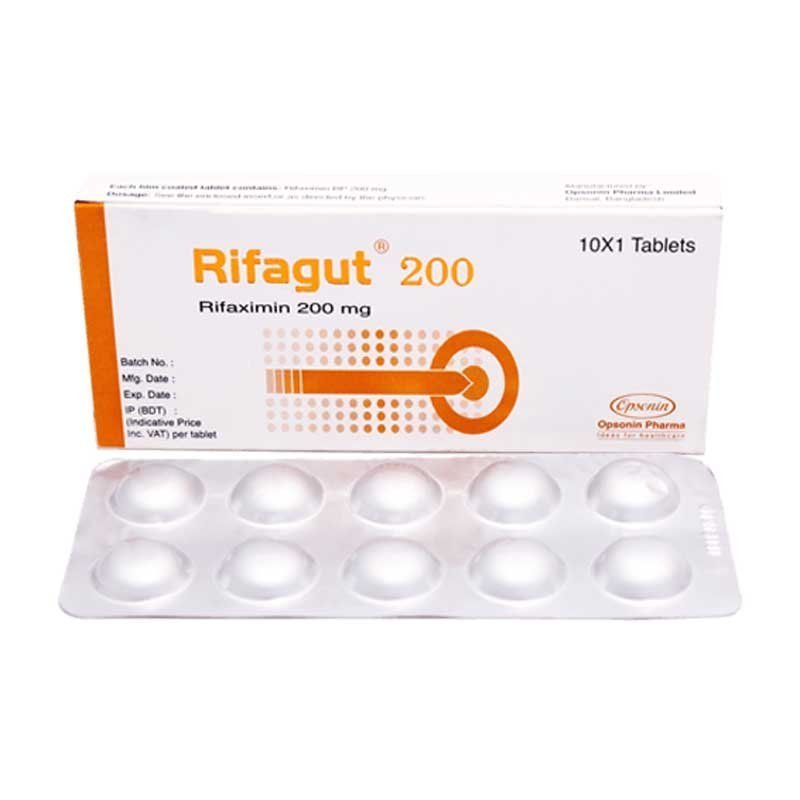
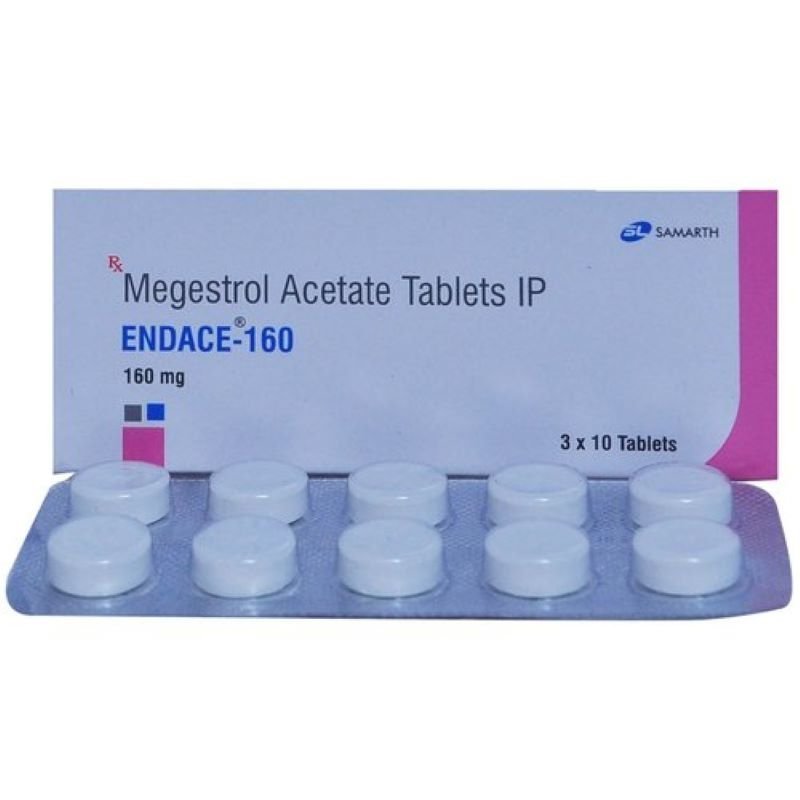
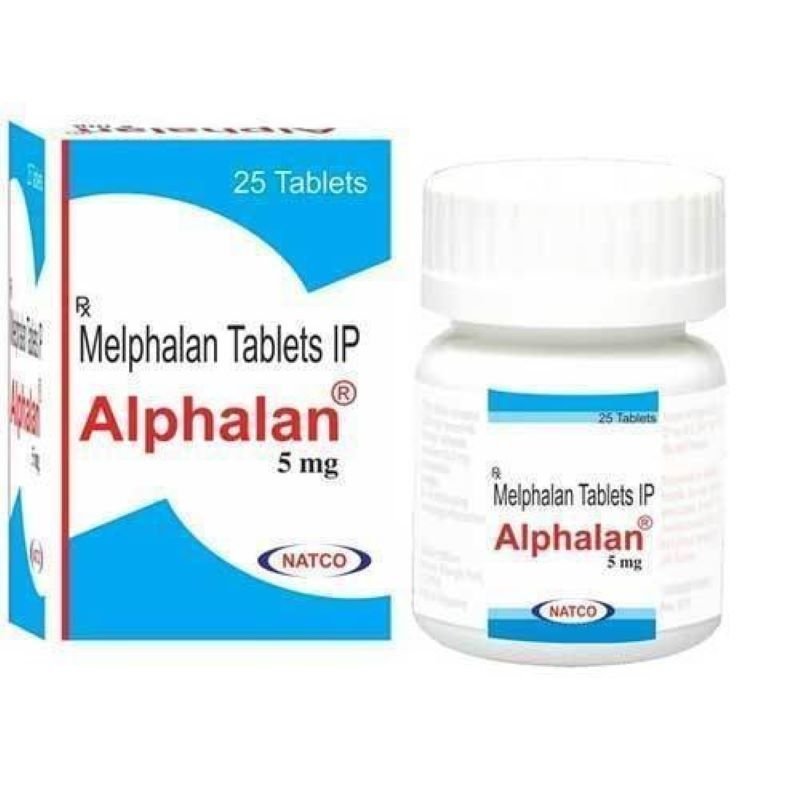
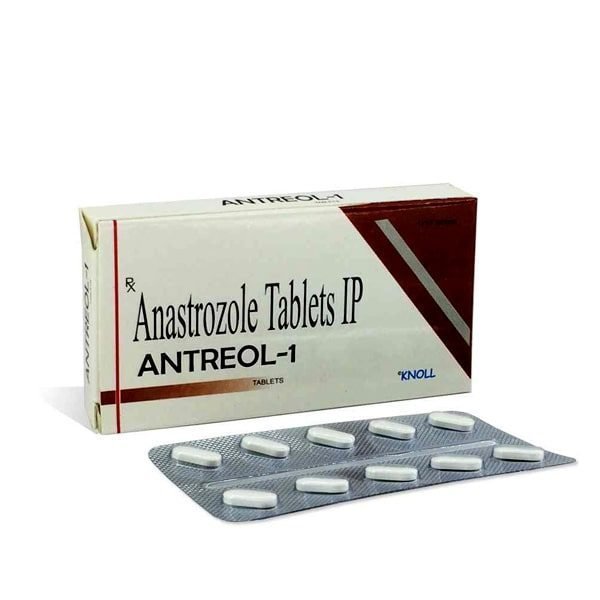











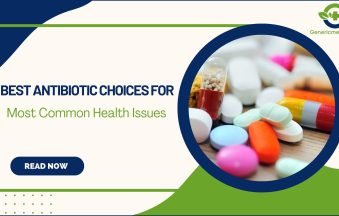


Add comment